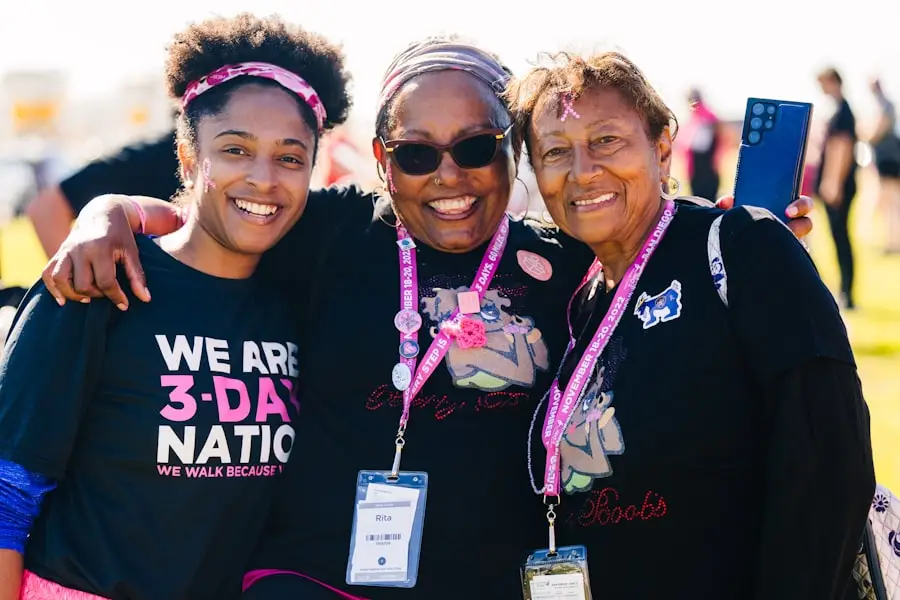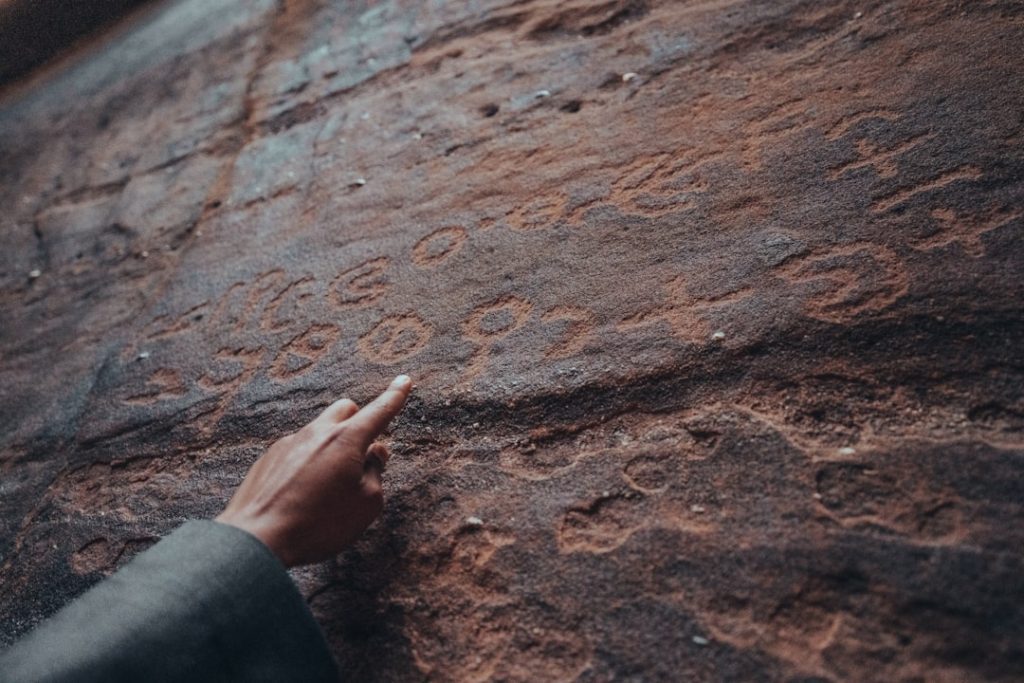In an era characterized by rapid technological advancements and globalization, the significance of tradition often finds itself overshadowed by the relentless pace of modern life. Yet, embracing tradition in a modern world is not merely an act of nostalgia; it is a vital component of cultural identity and continuity. Traditions serve as the bedrock of societies, providing a sense of belonging and a framework through which individuals can understand their place in the world.
For instance, indigenous communities around the globe maintain their unique customs and practices, which not only enrich their cultural tapestry but also offer valuable insights into sustainable living and community cohesion. Moreover, the act of embracing tradition can manifest in various forms, from the revival of ancient crafts to the celebration of traditional festivals. These practices foster a sense of pride and connection among community members, reinforcing social bonds that may be weakened in an increasingly individualistic society.
In cities where skyscrapers dominate the skyline, local artisans may still engage in time-honored techniques, such as pottery or weaving, creating a tangible link to their heritage. This juxtaposition of old and new highlights the potential for tradition to coexist with modernity, enriching contemporary life while preserving the wisdom of the past.
Key Takeaways
- Embracing tradition in a modern world allows for the preservation of cultural identity and heritage.
- The importance of preserving cultural heritage lies in maintaining a sense of belonging and connection to the past.
- Balancing innovation with respect for tradition is essential for sustainable development and progress.
- Integrating traditional practices into modern solutions can lead to more effective and culturally sensitive outcomes.
- Navigating the challenges of modernization while honoring tradition requires a thoughtful and inclusive approach to development.
The Importance of Preserving Cultural Heritage
Cultural heritage encompasses the traditions, languages, arts, and historical narratives that define a community’s identity. Preserving this heritage is crucial not only for maintaining cultural diversity but also for fostering mutual respect and understanding among different societies. The loss of cultural heritage can lead to a homogenized world where unique identities are diluted, resulting in a lack of diversity that impoverishes human experience.
For example, UNESCO recognizes various intangible cultural heritages, such as traditional music and dance forms, which are at risk of disappearing due to globalization and urbanization. Furthermore, preserving cultural heritage can have significant economic benefits. Heritage tourism has emerged as a vital sector in many countries, where visitors seek authentic experiences that connect them to local traditions.
This form of tourism not only generates income for communities but also encourages the preservation of traditional practices and crafts. For instance, towns that celebrate their historical architecture or host annual cultural festivals often see an influx of tourists eager to engage with local customs. This economic incentive can serve as a powerful motivator for communities to invest in the preservation of their cultural heritage.
Balancing Innovation with Respect for Tradition

The challenge of balancing innovation with respect for tradition is one that many societies grapple with today. On one hand, innovation drives progress and can lead to improved quality of life through advancements in technology and science. On the other hand, disregarding traditional practices can result in the loss of valuable knowledge and cultural identity.
Striking this balance requires a nuanced approach that recognizes the value of both perspectives. For instance, in the field of architecture, contemporary designs can incorporate traditional elements that reflect local culture while meeting modern needs. One compelling example is the integration of sustainable building practices with traditional construction methods.
In many regions, traditional architecture has evolved over centuries to adapt to local climates and resources. By studying these methods, modern architects can create energy-efficient buildings that honor local aesthetics and environmental considerations. This approach not only preserves cultural identity but also promotes sustainability, demonstrating that innovation does not have to come at the expense of tradition.
Integrating Traditional Practices into Modern Solutions
Integrating traditional practices into modern solutions can yield innovative outcomes that respect cultural heritage while addressing contemporary challenges. For instance, in agriculture, traditional farming techniques such as crop rotation and intercropping have been shown to enhance biodiversity and soil health. By combining these age-old practices with modern agricultural technology, farmers can improve yields while minimizing environmental impact.
This synergy between tradition and innovation exemplifies how ancient wisdom can inform contemporary practices. In the realm of healthcare, traditional medicine continues to play a significant role alongside modern medical practices. Many cultures have rich histories of herbal remedies and holistic approaches to health that have been passed down through generations.
By integrating these traditional practices with modern medical research, healthcare providers can offer more comprehensive care that respects patients’ cultural backgrounds. For example, some hospitals now incorporate traditional healing practices into their treatment plans for patients from indigenous communities, recognizing the importance of cultural sensitivity in healthcare delivery.
Navigating the Challenges of Modernization while Honoring Tradition
As societies modernize, they often face challenges that threaten to erode traditional values and practices. Urbanization can lead to the displacement of communities and the loss of cultural landmarks, while globalization may promote a homogenized culture that sidelines local traditions. Navigating these challenges requires proactive measures to ensure that modernization does not come at the cost of cultural identity.
Governments and organizations can play a pivotal role by implementing policies that protect cultural heritage sites and support local artisans. Community engagement is also essential in this process. By involving local populations in decision-making regarding development projects, stakeholders can ensure that modernization efforts respect and incorporate traditional values.
For instance, when planning urban development projects, city planners can consult with local communities to identify culturally significant sites that should be preserved. This collaborative approach fosters a sense of ownership among community members and helps maintain a connection to their heritage amidst the changes brought about by modernization.
Finding Inspiration in the Past for Future Development

The past holds a wealth of knowledge and inspiration that can inform future development across various sectors. By studying historical practices and innovations, contemporary societies can glean insights into sustainable living and community resilience. For example, ancient civilizations often developed sophisticated irrigation systems that maximized water efficiency in arid regions.
Modern engineers can draw from these historical examples to design sustainable water management systems that address current environmental challenges. Additionally, traditional storytelling methods can inspire new forms of communication and education in an increasingly digital world. Oral traditions have long been used to convey knowledge and values within communities, fostering a sense of identity and continuity.
By incorporating storytelling techniques into modern educational frameworks, educators can create more engaging learning experiences that resonate with students on a personal level. This blending of past and present not only enriches contemporary education but also honors the wisdom embedded in traditional narratives.
Fostering Sustainable Development while Upholding Traditional Values
Sustainable development is often viewed through the lens of economic growth and environmental stewardship; however, it must also encompass social dimensions that respect traditional values and practices. Communities that prioritize sustainability often do so by drawing on their cultural heritage, which provides a framework for responsible resource management and social cohesion. For instance, many indigenous communities have long practiced sustainable land use methods that align with their spiritual beliefs and connection to nature.
Incorporating traditional values into sustainable development initiatives can enhance community buy-in and ensure that projects are culturally relevant. For example, when developing conservation programs, it is essential to engage local communities in discussions about their relationship with the land and natural resources. By respecting traditional ecological knowledge, conservation efforts can be more effective and sustainable over time.
This approach not only protects biodiversity but also empowers communities to take an active role in preserving their heritage.
Cultivating a Harmonious Coexistence between Tradition and Progress
Cultivating a harmonious coexistence between tradition and progress requires intentional efforts from individuals, communities, and institutions alike. It involves recognizing that both elements are not mutually exclusive but rather complementary forces that can enrich human experience. Education plays a crucial role in this process by fostering an appreciation for cultural diversity and encouraging critical thinking about the implications of modernization on traditional practices.
Moreover, celebrating cultural events that highlight both traditional and contemporary expressions can foster dialogue between generations. Festivals that showcase traditional music alongside modern interpretations or art exhibitions that blend historical techniques with contemporary styles create spaces for collaboration and mutual respect. These interactions not only honor cultural heritage but also inspire innovation by demonstrating how tradition can inform modern creativity.
In conclusion, embracing tradition within a modern context is essential for fostering cultural identity, promoting sustainability, and ensuring social cohesion. By navigating the complexities of modernization while honoring traditional values, societies can create a future that respects the past while embracing progress. The journey toward this harmonious coexistence is ongoing, requiring commitment from all sectors of society to ensure that both tradition and innovation thrive together.


